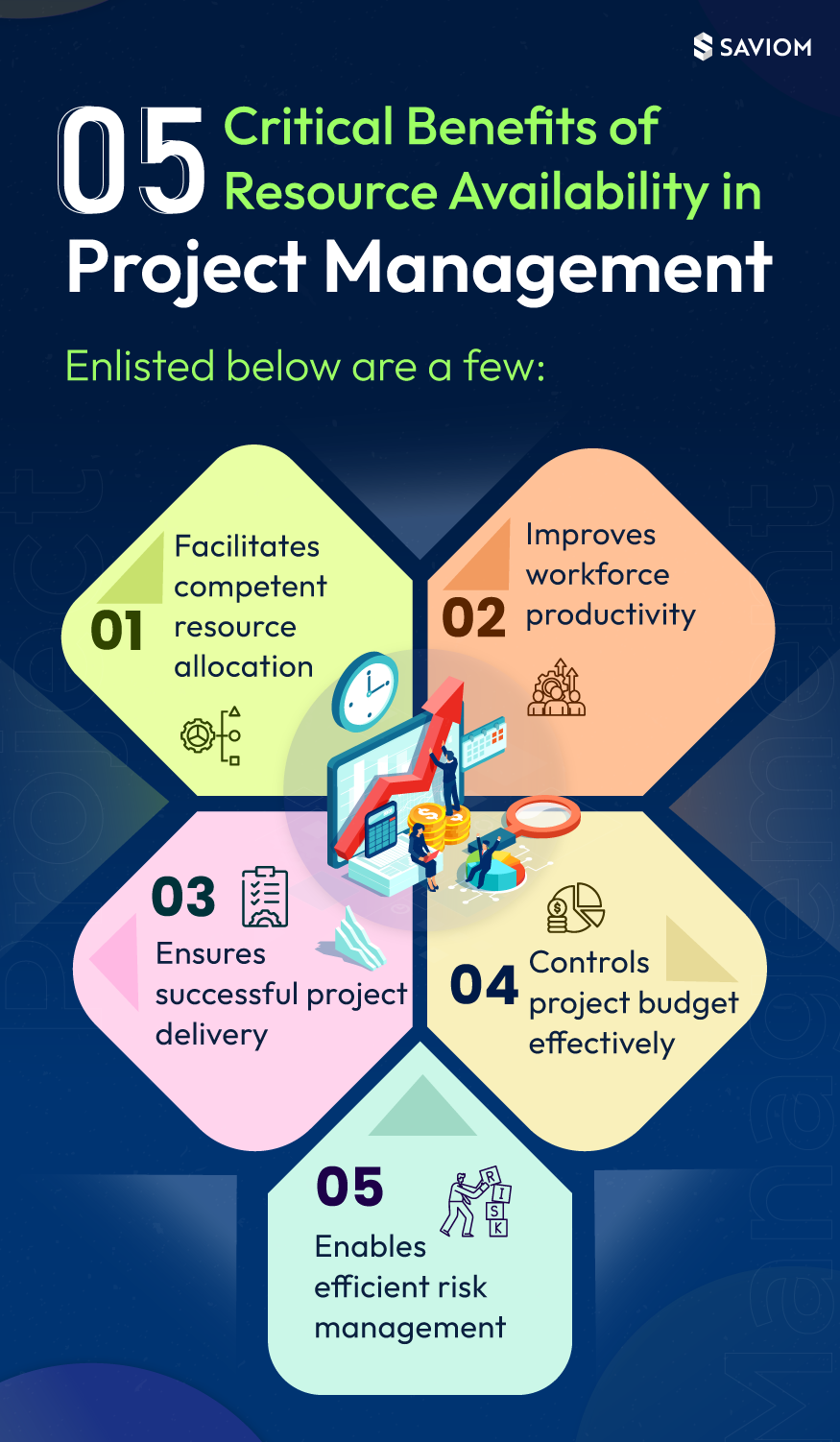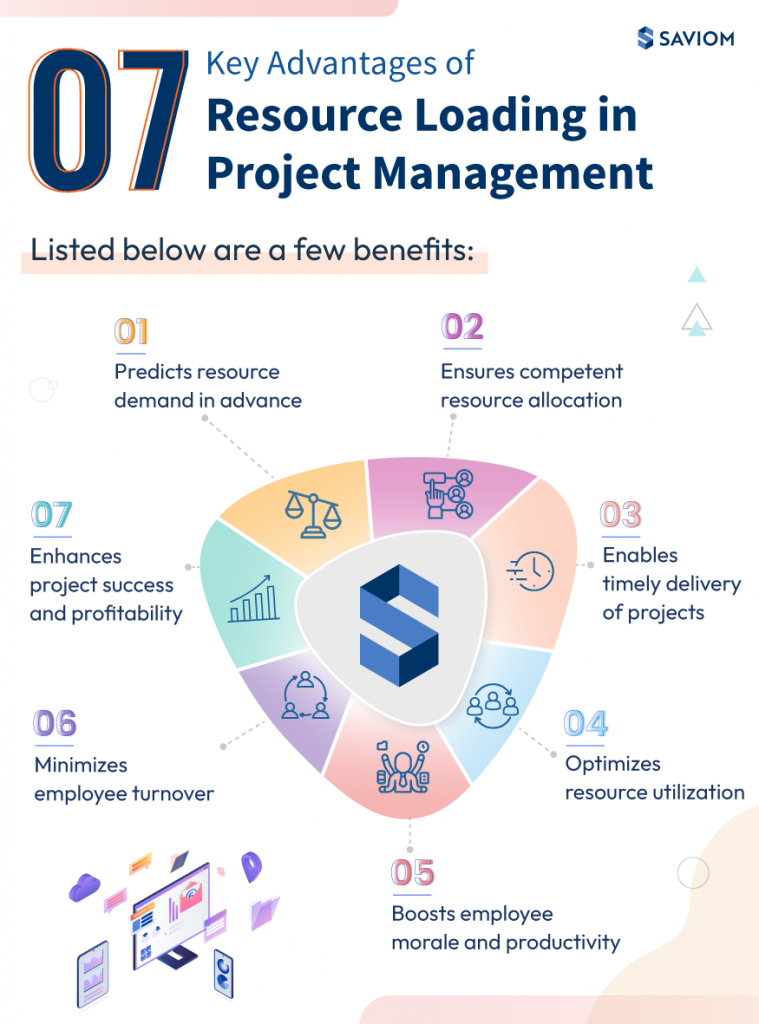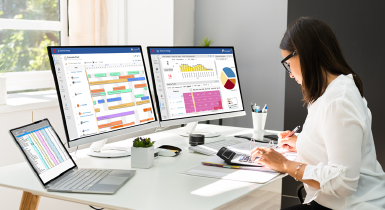A project manager can make an informed decision if the right information is available at the right time. In the dynamic business landscape, a large volume of data is generated every minute. Without actionable insights, neither the stakeholders nor the team members can measure the project’s performance and progress. Moreover, a lack of information on project metrics can further lead to intuitive decision-making, proving it to be very costly and detrimental to business sustainability.
Thus, to guarantee success, it’s necessary to analyze different project-related parameters as per one’s role and responsibility. But how can one organize all the relevant information and keep everyone updated?
The best way to consolidate all facts & figures is through specific project reports. These reports will allow timely dissemination of project-specific information to everyone involved.
Although, as a manager, preparing reports may seem like a mundane task, but is absolutely essential for the success of the projects.
This blog highlights the essential project reports that every manager must know and the best practices on how to use them.
But first, let’s begin with the basics.
What are project reports?
Project reports are vital tools within project management. They represent a high-level overview of the project data in a comprehensive manner. Based on that, managers and decision-makers can identify bottlenecks and variances, if any, and take timely remedial actions.
Managers create different reports as per each KPI associated with the project. Additionally, they also prepare some reports at different stages of the project to compare the planned versus actual scenarios. Overall, these reports serve as an actionable insight that helps maintain the project health index. Now, let’s understand why project reports are essential.
Why is project reporting important?
First and foremost, without proper and effective project reports, the decision makers will be unable to track it’s progress and predict the final outcome. As a result, the entire project can come to a tumbling halt due to the lack of visibility of relevant data.
The project reports are crucial because:
- It provides a high-level overview of the project at every stage so that the team leads can course correct any deviations.
- Stakeholders can track the overall project progress and compare it with the original plan.
- It gives a clear picture of what has been achieved for the cost incurred at every milestone.
The following section discusses some of the essential project reports that managers should know:
Essential project report types for project managers
There are various reports that are created during a project’s lifecycle based on their specific needs. Enlisted below are the seven most important reports:
Project status/health report
As the name suggests, these reports enable the stakeholders to understand the project’s overall status. It clarifies whether the project is going as per plan or there are any variances or hiccups in the journey. With these reports, one can review the completed work, the remaining work, overall completion rate, issues, etc., and take appropriate actions ahead of time.
Project health/status reports can be presented to the stakeholders on a weekly, monthly, or quarterly basis. They provide a high-level overview of the project’s course and strengthen the decision-making process.
Resource metrics report
Resource metrics reports provide pertinent information related to the project teams and different members. One can gather data regarding which resources are working on which tasks, whether they are over/underutilized, etc. Besides, one can also visualize if some of the resources are taking unplanned leaves or taking too much time to complete any task. In that case, one can revise the project plan to expedite the delivery.
Based on this report, one can optimize the schedules, monitor their productivity and performance, etc. Also, you can take necessary actions if there is a significant variance in the expected utilization versus the actual.
Risk and mitigation report
A risk report can be considered as a summary of unforeseen circumstances that can derail the project, mitigation steps, and the potential impacts those risks can have on budget, timeline, and deliverables. It serves as a communication tool and helps the stakeholders within the project to ensure continuous risk management.
In general, risk reports include comprehensive project risk sources, risks statuses, potentials of those risks, distribution of risks across risk categories, mitigation strategies applied, etc. As a project manager, having this information makes you better prepared for a successful project delivery. One can also go through the risk and mitigation report of a previous project and understand the potential risks that can exist within the current one.
Variance/baseline report
There are three essential baselines for any project. These are the scope, cost, and time baseline. A variance/baseline report helps you compare the actuals with the approved baselines. Thus, you can identify the variances and take course-corrective actions when necessary.
For example, with a budget baseline report, you can compare the estimated budget with the actual expense. Following that, you can assess if the project is going as per the budget or exceeding it. In case there is an overrun, then you can pinpoint the areas where excess money was spent. Following this, you may communicate with the members, understand the budget overrun’s root cause, and take necessary actions to control the financial health.
Board/Executives report
Board/executive reports would be used by the upper management or the C-level executives for decision-making. Since the board members do not have much time on their plate, these reports need not have a granular representation of the whole project. Instead, they should comprise high-level information relevant to the executives.
Board/executive reports include critical information such as budget positions, milestone progress, etc. They are either documented in graphs or other pictorial representations to make them crisp and easily understandable.
The following section will explain how you can create these project reports.
Best ways to create project reports
Let’s consider that you are heading a project and want your business/data analysts to prepare reports for you. Here is the rundown of the ways through which they can create them effectively:
Centralize project-specific data
You need to maintain a single repository to accumulate all the data from the different departments and then make consolidated reports. Without a centralized platform, it will be challenging to procure reports as you may have to communicate with other teams for relevant data regularly. This process will be cumbersome and time-consuming. Moreover, siloed information can result in mistakes and inaccuracies, making it imperative to unify the data.
Create a reporting schedule
Just like the project or the resource schedule, a reporting calendar or timeline will help you create relevant reports from time to time and form a cadence. Moreover, with a proper schedule, everyone will know when to expect the reports or updates. The senior management can even book slots for these meetings to avoid any delays and make timely decisions to keep the project on track.
Analyze and infer the data
Creating the report is not enough; one must understand every data element. Besides, one should also ensure that the data you have gathered from various sources is relevant and not out of date. Thus, one should analyze and make sense out of every bit of the data procured. Only then can you present the final output you have concluded to the senior management.
Formulate report as per the audience
The nature of reports differs according to the audience reviewing them. Since most of the reports will be created for the clients and the senior management, they need not be very technical. One must keep them compact with bullet points, visuals, and avoid jargon wherever possible. However, the reports need to be much more comprehensive for the team members. Thus, you need to customize the reports to cater to specific audiences.
Keep it open for comments
Project reports shouldn’t be just static documents that contain facts. Rather they should encourage conversations between the people involved in the project. Stakeholders or team members should be able to understand the reports and provide feedback and insights. Communicative project reports allow you to find the best possible solution for addressing any given issue. The structure of the report can be modified as per the feedback.
Apply visuals for better comprehension
A text-heavy report may seem boring to some people. At the same time, the senior management won’t have time to glance through every word in the reports and understand the information. Thus, you should include illustrations, graphs, charts, etc., wherever possible to make the reports visually appealing and more understandable.
With these techniques, you can create informative reports that take care of the different aspects of project management.
Conclusion
Project reports are vital components of a project. They help communicate relevant and timely information to key stakeholders, strengthen decision-making, and ultimately, ensure the successful delivery of projects.
The reports mentioned above serve all these purposes, and thus, managers must get a clear understanding of them.
The Glossary
SAVIOM Solution
SAVIOM has over 20 years of experience helping multinational clients manage their resources efficiently and effectively. With over 20 years of experience, this Australian-based MNC has a global presence across 50 countries and has helped 100+ clients meet their specific business goals. Saviom also provides tools for project portfolio management, professional service automation, and workforce planning software. So, SAVIOM can help your business to establish an efficient system geared towards your specific business challenges.

















